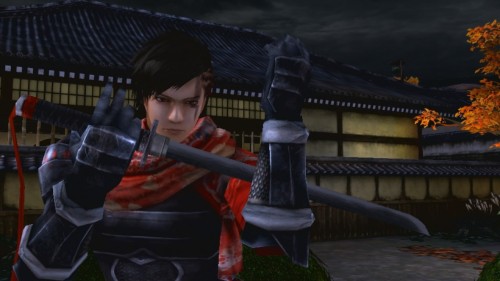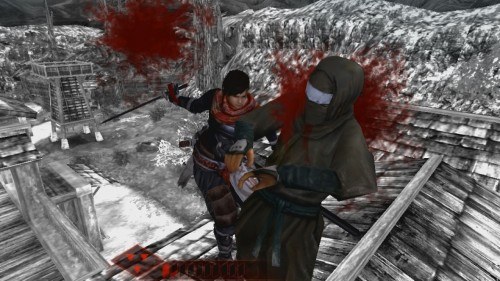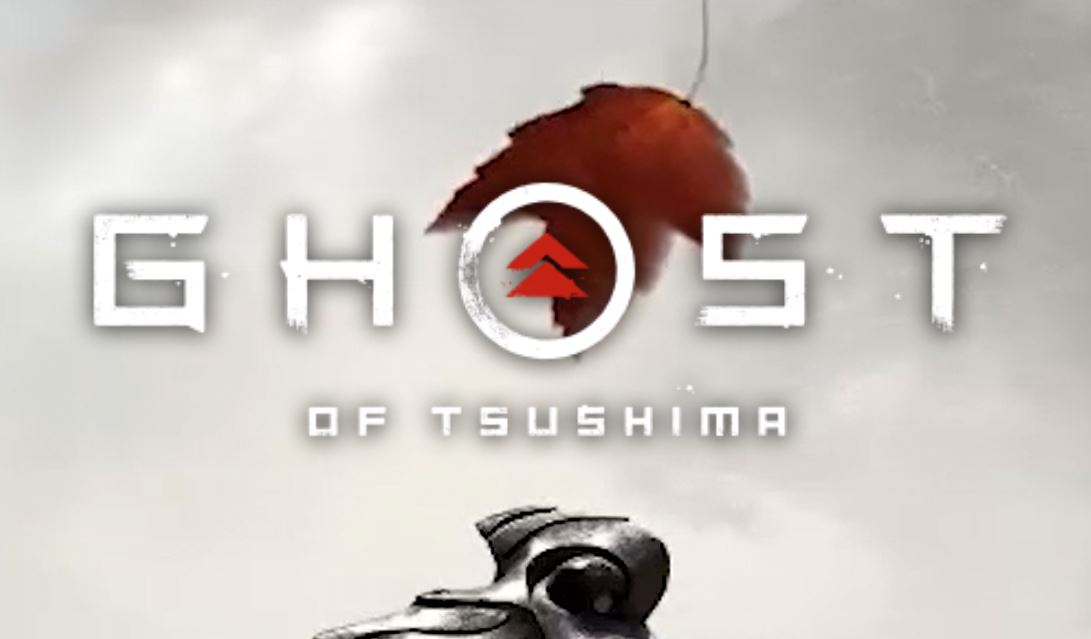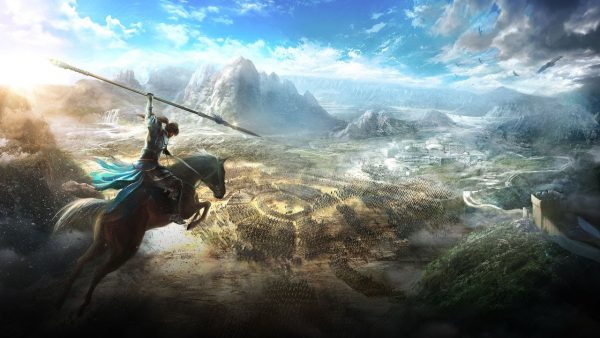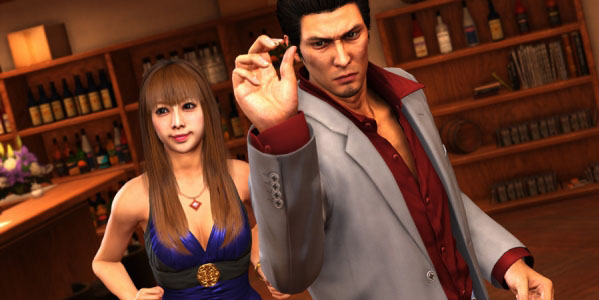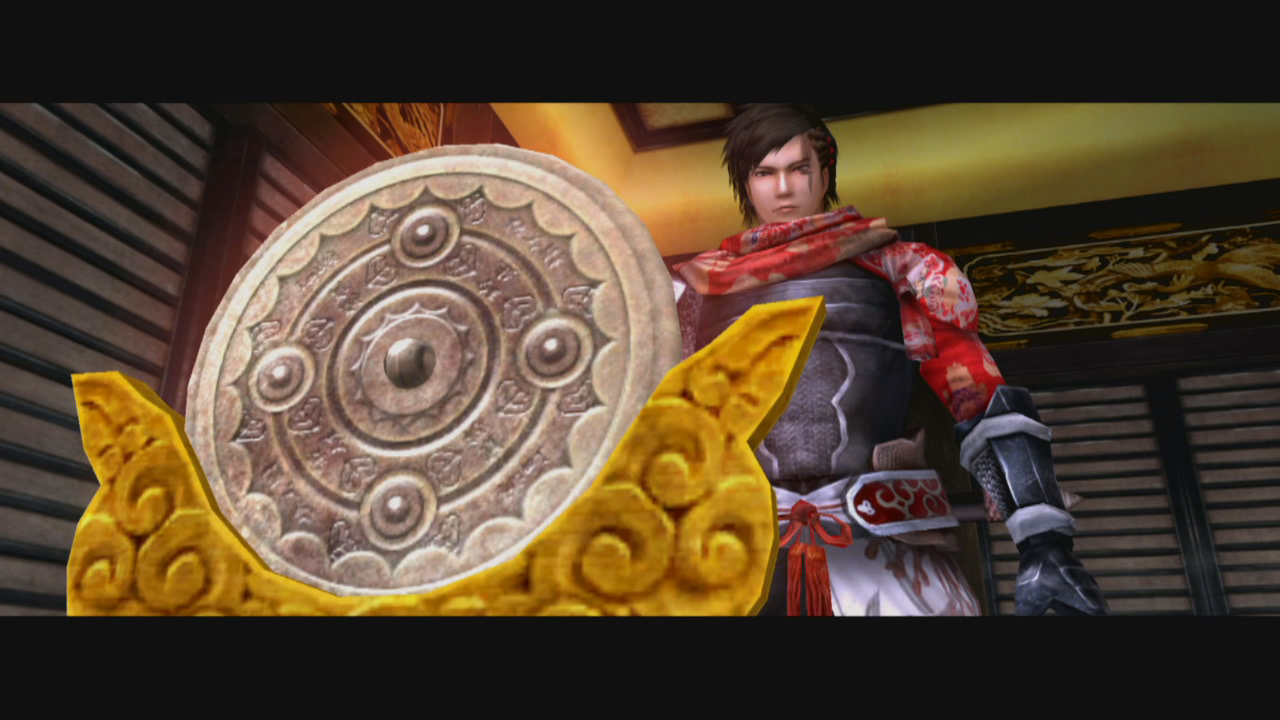
Gamers definitely seem to enjoy journeying into Japanese history. Whether it’s the beautiful architecture of dynasties past, the drama of the feudal era, or maybe just the fact that samurai and ninja are awesome, there’s plenty of choice when it comes to adventuring in ancient Japan. Shinobido 2: Revenge of Zen is yet another game that lets players go back to Japan’s 16th century to take on the role of a ninja, along with plenty of fantasy elements, because if there’s one thing that Onimusha and Dynasty Warriors have taught us, it’s that at one point in history the Japanese were in possession of crazy magic powers. As the one of the first titles in this niche genre to hit the PS Vita, how does Shinobido 2 fare?
As I’ve never played a Shinobido title before Revenge of Zen, I felt it appropriate to read up on the series’ plotline to make sure I understood what was going on in this game. To be honest, it didn’t help much. The main story at play in Revenge of Zen focuses on new characters, but is not very well told, largely concerned with a ninja named Zen out for (you guessed it) revenge on a man named Shu, after he kills his lover, San. There’s some mumbo-jumbo about eight magical mirrors out in the land of Utakata which can unleash a demon, as well as a moral dilemma regarding a mirror-made ‘reflection’ clone of San. It doesn’t really make much sense. The dialogue is flat and mainly expository (except for bewildering comments about petals), with so many foreign names and locations constantly thrown at you that you lose track of what exactly is going on. Zen himself doesn’t really have much of a personality, so it’s difficult to relate to his plight or his quest for vengeance. In-game cutscenes with so-so voice acting are appreciated when they occur, as otherwise the story is moved forward by text-only letters received in the main menu.
Alongside the main story is a somewhat more interesting power play between three warring daimyo in the Utakata region. There’s a wealth of side missions to complete, most of which are handed out by these lords, and the ones you choose to undertake affect your alignment and the politics of the region. For instance, helping Ichijo by killing soldiers belonging to Lady Sadame will obviously gain you favour with the former and earn the ire of the latter. However, if you can be as stealthy as possible during your mission and become effectively invisible, then your relationship with Ichijo will still be improved but Sadame will be none the wiser of your treacherous behavior. It’s best to pick one faction and stick with them throughout the game, as you can then chip away at the other two opposing military forces until you eventually annihilate them, as well as receive better and better rewards from your daimyo of choice. Completing the side missions and getting involved in this power play is where the main meat of the game is, even if the outcome of the battle doesn’t really affect much except the very last custcene in the game. You could spend a long time delving into all of the side missions, however if you choose to ignore them and stick to the main quest line, you can finish the game in under four hours.
The controls in Revenge of Zen are kind of hit and miss. Moving Zen around feels like a much more digital experience than an analogue one, as he tends to run a straight line in the four key directions rather than having a smooth range of motion. That said, when on the prowl and moving stealthily, the controls do work quite well as you zip along walls and run along rooftops, making you really feel like a ninja. Targets can be assassinated silently after your blade gives its signature shine, which is a pretty cool effect, and there is a special move that allows you to take down targets from a distance too. In a similar move to Batman: Arkham City, Zen is equipped both with a wing suit and a grappling hook, although you can’t combine the two to become the night quite as well as Batman manages to. Aiming the grappling hook in particular can be quite an awkward affair, as you have to enter a first-person view which is strangely difficult to leave after you’ve finished zipping about. Combat is where the game really starts to fall down, as Zen only really has one awkward main attack, a throwing move and a range of tools he can throw at an enemy. However, 95% of the battles you find yourself in can be won by just hammering the attack button, sending Zen into a three-hit combo that is rarely breakable. Even bosses succumb to this strategy, although sometimes you can even take further advantage of them by confusing them and following up with your one-hit-kill move usually reserved for stealth. There’s only a couple of bosses throughout the whole game that made us reconsider this strategy at all, and both of them came towards the very end of the game.
There are a range of mission types that Zen can embark on as he murders his way through the population of Utakata, ranging from the standard ‘Asassination’ (kill a target) and ‘Obliteration’ (kill everyone) modes, to ‘Escort’, ‘Rescue’ and ‘Transport’ missions. Due to the controls, the missions which focus on stealth are the most fun, with others which involve combat or various factions battling less so. Zen has trouble differentiating between friend and foe, and the lock-on system is sometimes unclear as to who you’re focusing on, so you can find yourself slicing away at a faction you should be supporting by accident. Some missions can also get pretty ridiculous – a recurring one involves you having to slaughter huge rampaging bears, which (hilariously) can be tossed around with Zen’s regular throw move. Unfortunately, there are only a handful of locations in which these missions take place, meaning that you’ll be re-treading a lot of familiar territory during your time with the game, and even enemy and target placements can repeat over and over in different missions.
As I mentioned, there are a range of tools which Zen can draw upon that can be found on missions, or created using an in-game alchemy system. Seeing as Ichijo bestowed gift after gift upon me during my playthrough of the game, I didn’t rely on the alchemy system so much, but it can create some useful tools if you’re happy to go on some material hunting missions. There are a variety of factors which can change what items you produce, and these items can often be made into potions which can be drunk, or grenades which have to be thrown for the same effect. Using these items in-game usually works well, accessed from a quick-select using the D-pad, but you can switch up that quick-select menu at anytime by pausing.
Shinobido 2 looks decent, resembling a late generation PS2-title with a high definition upgrade. Character models are fine and environments are pleasingly evocative of the era, but nothing really pops or seems to take full advantage of the PS Vita system. I also encountered one major glitch about halfway through the game, where returning to the PS Vita’s LiveArea menu crashed the game. This was a bit of a problem as there is no autosave in Revenge of Zen, and I had forgotten to save for a couple of hours. A silly mistake on my part, but just make sure that you save often to avoid similar problems.
There’s enough to like in Shinobido 2: Revenge of Zen to make it easy to recommend to fans of the ninja genre. The stealth gameplay works well, as does the power struggle for control of the Utakata region, and there’s an in-depth RPG and alchemy system to get stuck into, if that’s your thing. However, the combat is clunky, there’s a limited range of locations in which to do battle with your rival forces, and the actual main story of the game is short and doesn’t make a whole lot of sense. If you’ve been following the series so far, then it’s worth picking up this one too as there’s plenty of content for interested parties. Revenge of Zen isn’t the greatest Vita launch title out there, but it’s got definite niche appeal and if you fit into that niche, then you should take a look.
Plenty of side missions | Fun stealthing | Cool power play mechanics
Poorly told story | Bad combat | Repetitive | Short main quest

